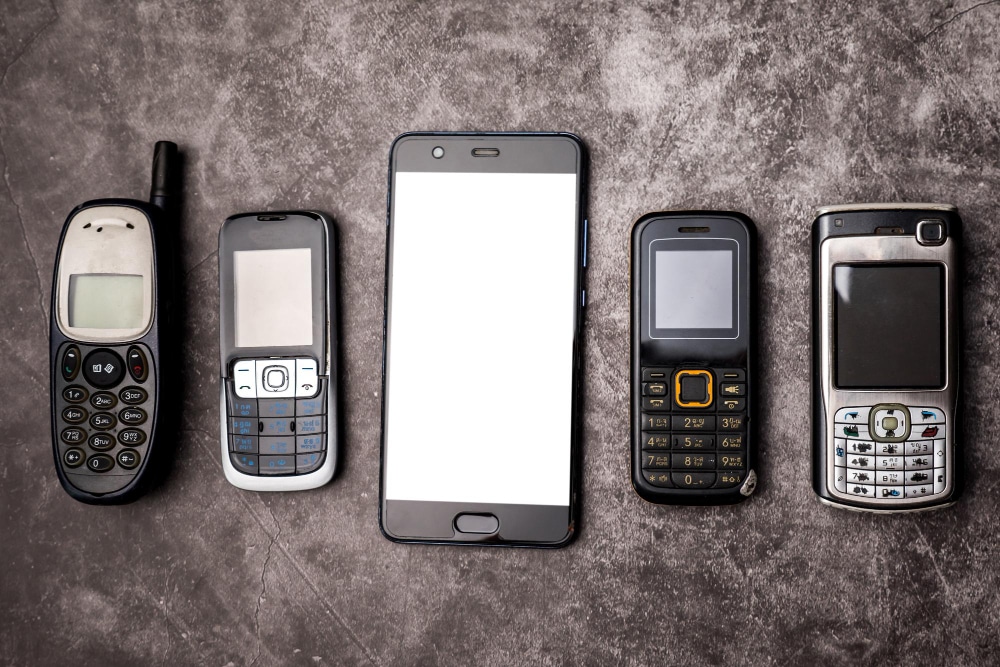The evolution of cell phones over the past few decades has been nothing short of extraordinary. From bulky, analog devices with limited capabilities to sleek, powerful smartphones that serve as our constant companions, the journey of cell phones reflects the rapid advancements in technology. Let’s take a brief journey through the key milestones in the evolution of these indispensable gadgets.
First Generation (1G) – The Birth of Mobile Communication:
The journey began in the 1970s with the advent of the first-generation (1G) mobile networks. The devices were large, heavy, and primarily used for voice communication. The famous Motorola DynaTAC 8000X, released in 1983, is often considered the first commercially available mobile phone.
Second Generation (2G) – Digital Revolution:
The 1990s marked the transition to second-generation (2G) networks, bringing digital technology to the forefront. This era saw the introduction of text messaging (SMS), a feature that became a communication staple. Phones like the Nokia 5110 and the Motorola StarTAC gained popularity during this period.
Third Generation (3G) – Mobile Internet and Multimedia:
The early 2000s witnessed the advent of third-generation (3G) networks, enabling faster data transfer rates. This laid the foundation for mobile internet browsing, video calling, and multimedia messaging. The iconic Nokia N95, released in 2007, was a pioneer in combining advanced features like a 5-megapixel camera and GPS.
Fourth Generation (4G) – The Rise of Smartphones:
The introduction of fourth-generation (4G) networks around 2009 revolutionized the mobile landscape. Smartphones became the norm, integrating powerful processors, high-quality cameras, and touchscreens. The iPhone, released in 2007, played a crucial role in popularizing smartphones, and Android devices quickly followed suit.
Fifth Generation (5G) – Hyperconnectivity and Speed:
The current era is dominated by fifth-generation (5G) networks, offering unprecedented speed and low latency. 5G technology facilitates the growth of the Internet of Things (IoT), augmented reality (AR), and virtual reality (VR). Modern smartphones, like the iPhone 13 and Samsung Galaxy S21, showcase the pinnacle of technological advancement.
Foldable Phones and Beyond:
In recent years, manufacturers have experimented with innovative designs, introducing foldable and flexible smartphones. Devices like the Samsung Galaxy Z Fold and the Huawei Mate X demonstrate the industry’s commitment to pushing boundaries in both form and function.
The Future: Artificial Intelligence and Beyond:
As we look to the future, artificial intelligence (AI) is poised to play a central role in the evolution of cell phones. Enhanced AI capabilities will enable more personalized user experiences, improved voice assistants, and advanced computational photography.
The evolution of cell phones is a testament to the remarkable pace of technological progress. From humble beginnings as bulky communication devices to today’s sleek, multifunctional smartphones, cell phones have become an integral part of our daily lives. As we continue to embrace emerging technologies, the future promises even more exciting developments in the world of mobile communication.

